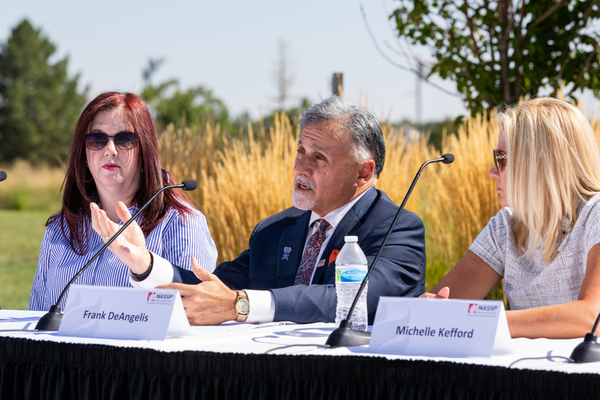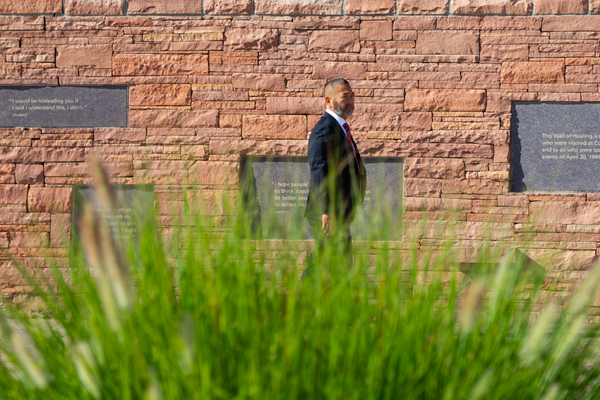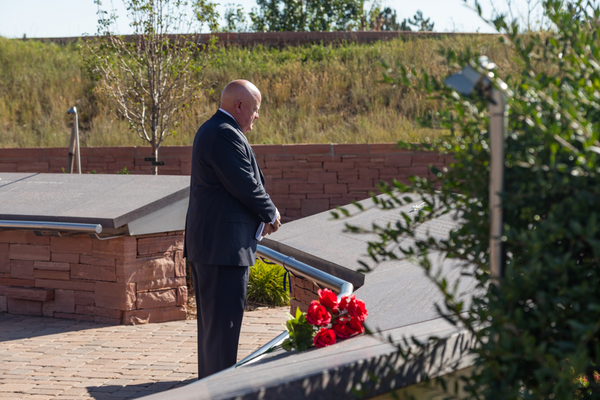Twenty-three years ago, 13 people were killed at Columbine High School in one of the first mass school shootings in the United States. Since then, there have been at least 943 incidents of gunfire on school grounds that have resulted in 321 deaths and 652 injuries.
On Aug. 22, a group of school leaders—who all have experienced gun violence at their schools and who collectively are part of NASSP’s Principal Recovery Network (PRN)—gathered at the Columbine Memorial in Littleton, CO, to share a new collection of best practices the group has put together to assist school leaders in the aftermath of shooting tragedies. (A recording of the event can be found here.)

“When the shooting occurred at Columbine, I was completely overwhelmed, overcome with grief and denial,” said Frank DeAngelis, former principal of Columbine High School and founding member of the PRN. “The last thing on my mind was going back to school, and I had no idea what my students and staff needed. This guide gives school leaders the structure and advice to navigate this horror and move forward. But most importantly, it shows principals that they are not alone, we’re all in this together.”
As the number of school shootings shows no sign of declining—there have been 27 school shootings this year alone including the one in Uvalde, TX, in May—a new NASSP survey shows that a majority of school leaders and students remain concerned about gun violence. Only 53 percent of students say their school is “extremely” or “very” safe.

“When a horrific event has happened on yet another campus, our Principal Recovery Network reaches out to the person leading that school,” said NASSP CEO Ronn Nozoe at the Colorado event. “They offer their support, guidance, and advice to their colleagues and help them through some of the darkest times of their lives. Sometimes a school leader needs specific advice on coordinating with law enforcement, engaging with families and the community, planning a memorial service, or providing mental health resources to their students and staff. Other times, they just need someone to talk to, to know they are not alone.”
The event, at which Cindy Marten, Deputy Secretary of the U.S. Department of Education, also spoke, attracted widespread media coverage, with more than 30 stories in the first day alone.

NASSP President Kip Motta summed up the sentiment of the association and the leaders in attendance: “It’s tragic that the Principal Recovery Network and this Guide to Recovery need to exist. As a society, we cannot and should not ever accept this as normal. Schools are meant to be places where students are safe and cared for no matter what’s happening in the world around them. As leaders, we must work together to restore that sense of safety to anyone who walks through our school doors.”
For more on the Principal Recovery Network, visit nassp.org/community/principal-recovery-network/.
